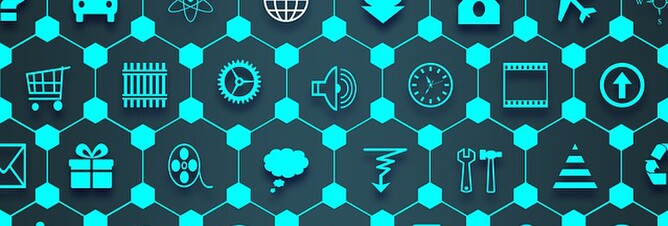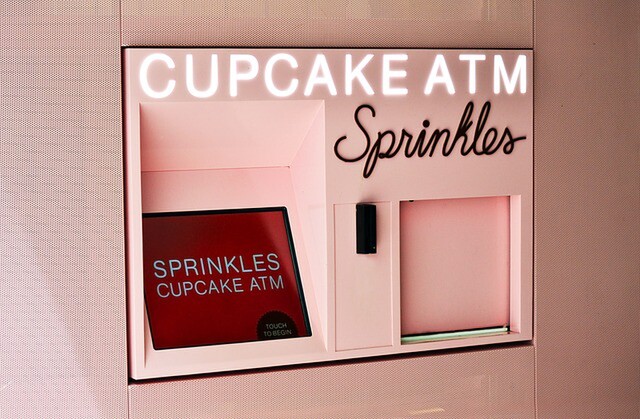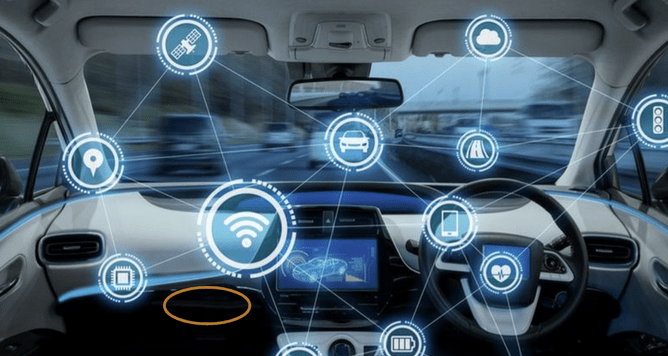Jennifer Aiden is a tech enthusiast writing on innovation and how it continues to transform how people live, work and play. Here, she writes exclusively for The Imagination Factory, looking at the impact of IoT on design thinking.
The Internet of Things (IoT) is changing how we connect to the world around us, but despite its remarkable progress, the technology has only just begun taking effect. In fact, analysts at Engineering.com estimate that by 2020, there will be about 20 to 50 billion connected devices — a staggering figure that has direct ramifications on how we think about products, how we develop them, and even how we define them.
With the huge technological advances that are being made with the IoT, we can think of almost anything as a product. That's because the term no longer encompasses just the physical items we see in stores, but can include more complex services, software applications and combinations of all of the above. Even the nature of the product development cycle is changing, with the IoT influencing every step from conception to execution.
Consumer insight
By having products connected through the IoT, businesses have the opportunity to gain real-time data regarding the habits and profiles of their consumers. Smart vending machines can record which products sell the most and which times are the busiest, while retail spaces can use consumer’s location-enabled phones to track the spending habits of their consumers. Products themselves can also send feedback to brands and developers about how they are being used once bought. And while customer reviews will still continue to provide important insights, data collected through the IoT provides empirical evidence for companies to see how well their products are performing.
Research and development
Whilst the underlying technology in many products remains quite simple, the Imagination Factory has identified two key areas that require more R&D:
- How new technology is integrated into the existing infrastructure
- Data security
Whether it’s an IoT-enabled smart home gadget, connected to car or health wearables, the user’s data needs to be protected and the technology needs to work with the current platforms and software widely available. Keeping data safe is the most challenging element in the design of connected products and integrating new technology with old systems so often slows down the introduction of new concepts to the mass market.
Updates and improvements
Companies that invest in smart technology with sensors have the added advantage of troubleshooting issues as they arrive, saving the company valuable time and money with regards to maintenance or repairs. Refrigerators at supermarkets, for example, can have sensors that detect internal temperatures for food safety purposes. If a particular unit malfunctions, the store can then send that specific refrigerator out for maintenance instead of testing each unit across all the aisles. The same can be said for software updates, which can be sent to smart devices, appliances, and vehicles remotely, thus eliminating the need to recall products or manually update them in one location.
Manufacturing
Sensors placed in moving cranes and warehouse pallets make unloading products and moving them around more efficient, useful for companies with huge product warehouses across various locations. SupplyChain 24/7 predicts that warehouse automation will be the next big innovative practice when it comes to the IoT. Manufacturing is a labour-intensive process, so companies are looking to the IoT to help streamline operations. Smart inventory developments are expected to continue, with companies tracking the quantity and quality (if perishable) of their goods.
Product logistics and distribution
Because of its very nature, the benefits of the IoT can go beyond factories and offices and onto the road. EMEA General Manager Sergio Barata discussed on Verizon Connect that intelligent fleets are now within reach for logistics companies, paving the way for improving wide scale communication and data exchanges. Connected fleets can lead to lower operation and maintenance costs, which frees up company resources to focus more on research and product development. Companies can also track the movement of their packages in real time, which can in turn help monitor whether service providers such as delivery companies are performing up to standard.
An area of logistics and distribution of particular interest to The Imagination Factory is the recovery of materials from products, such as plastics, once they are finished with. To this end, they are working closely with POLYCE.
To find out more about the work of The Imagination Factory in the area of plastics, circular economy and the Internet of Things, contact them direct, here.




